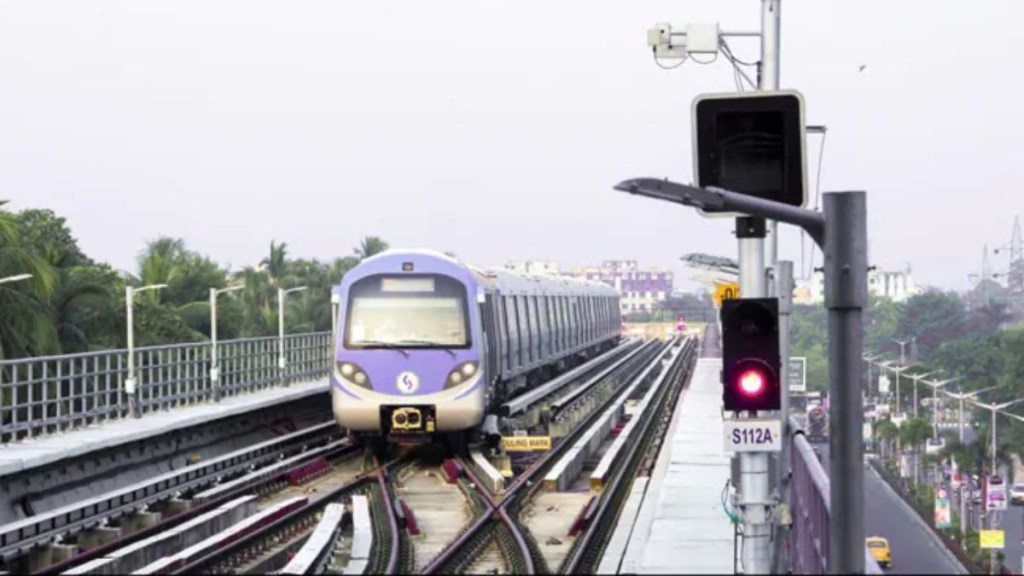The Metro Railway Kolkata is setting up a battery system, a first of its kind in the nation, that will enable a train full of passengers to proceed to the closest station in the event of an unexpected power failure. As per an official, the Battery Energy Storage System (BESS) is coming up in the Dakshineswar-New Garia corridor (Blue Line) which runs across Kolkata. The system is expected to be completed by the end of this year. “It would be the first such initiative in the country to further ensure commuters’ safety and improve energy consumption,” a Metro spokesperson said.
The oldest metro service in India, the Blue Line, will use a new technology that is an amalgamation of inverters and Advanced Chemistry Cell (ACC) batteries. Advanced Chemical Storage Technologies (ACCs) are the next generation of energy storage devices that have the ability to store electrical energy in the form of chemical or electrochemical energy and then release it when needed. “This is aimed at strengthening the eco-system for electric mobility and battery storage,” the spokesperson added.
Numerous international corporations had indicated their willingness to collaborate with Kolkata Metro on this project. The Taiwanese multinational corporation’s Indian affiliate won the deal last month after an open bidding process. The new innovation is expected to have a lower carbon footprint, longer lifespan, more energy efficiency, and less space consumption without posing a health risk or a fire hazard—concerns that are more commonly linked with acidic or alkaline batteries.
Union Cabinet’s approval
The Union Cabinet in 2021 approved the National Programme on Advanced Chemistry Cell Battery Storage with a budgetary outlay of over Rs 18,000 crore. It is being used in Kolkata Metro first among all zones of railways as well as all other metro systems in India.
The new system is equipped with green batteries and having a lifespan of around 14 years, will require around 106 square metres of space for installation. “This is indeed a huge advancement as passenger-packed trains won’t have to wait in underground tunnels or on viaducts for restoration of power supply in case of a disruption of power. Thousands of passengers can be brought to safety with the help of this system,” the spokesperson said.
Furthermore, the new system has been designed in a way that the electricity generated with it can be used to haul rakes packed with passengers at 30 km/hr speed from mid-tunnel to the next station in case of any power failure or even national grid failure.
(with PTI inputs)
